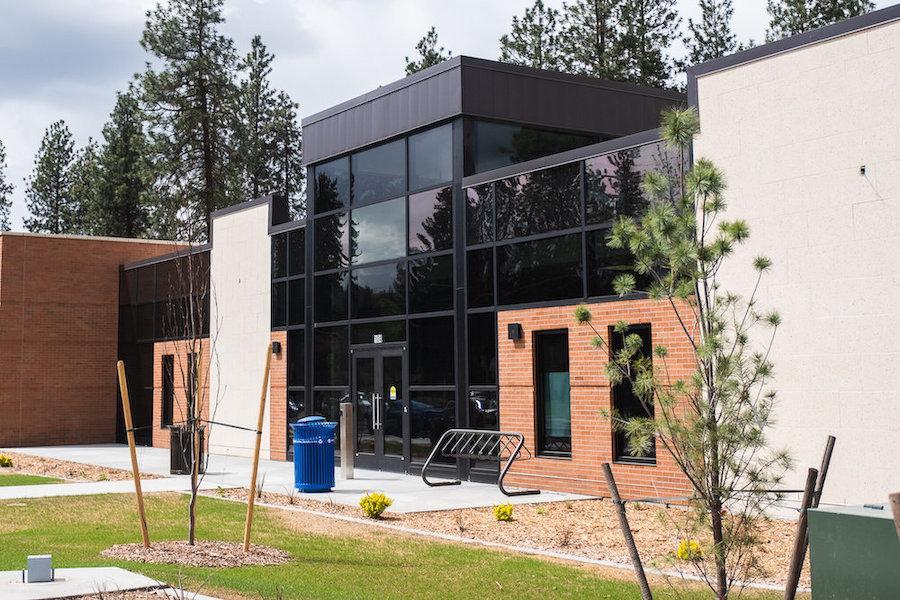
Editorial board Note:
As Whitworth 2021, a visionary plan launched by the university in 2011, comes to a close this year, The Whitworthian is looking at the plan’s eight goals. Through a variety of articles in the arts and culture, news and opinions sections, The Whitworthian team will be unpacking what Whitworth 2021 set out to accomplish and which of those criteria were met.
Goal Eight of the Whitworth 2021 set out to grow the university’s financial and capital resources through seven objectives. From notable accomplishments, such as the value of new buildings on campus exceeding $100 million and Whitworth’s endowment surpassing its goal of $180 million, to data sets that haven’t had new entries for the past three years because of a change in tactics, the measurements of the goal’s objectives tell many stories of how Whitworth has evolved over the last ten years.
Larry Probus, vice president for finance and administration, has been involved with the implementation of Goal Eight during his five years at Whitworth.
“[Goal Eight is] kind of a combination of fundraising, facility development, enrollment and being good stewards of the ways our resources are allocated,” Probus said.
As with many of the goals in the Whitworth 2021, Goal 8 hosts metrics measuring outcomes that seemed logical at the time the plan was created in 2021.
“I think that the next iteration of this, which will be designed almost certainly by the new incoming president when they arrive, must have the ability to adjust that plan, especially if it is another 10-year plan,” Probus said.
The final evaluation of the strategic plan is set to be released at the end of the 2020-2021 academic year. Below is a closer look at a few of Goal Eight’s objectives in order to best understand the graphs used to demonstrate the successfulness of the objectives.
Objective 8.1.2-b, increase Annual Whitworth Fund giving to $2 million from the baseline of $1.2 million, includes metrics which are an example of how the goals put in place in 2011 couldn’t account for the new programs and initiatives Whitworth would tackle during the 10 years of the project.
According to Associate Vice President of Institutional Advancement Tad Wisenor, leading up to 2010, the primary interest for alumni support would have been the Whitworth Fund, which provided unrestricted support for the university.
Soon after, Whitworth followed the national trend of moving toward crowdfunding projects, wherein donors can invest their money into particular needs. This change resulted in the first “Day of Giving” crowdfunding campaign in 2015 that was later named One Pine Day in 2018.
This switch from receiving funds for the general Whitworth Fund to more niche crowdfunding projects therefore is reflected in 8.1.2-bs “not met” status.
Objective 8.1.2.d was an increase of alumni participation/giving rate from the base line of 16 to 25 percent. According to the 2020 evaluation of the plan, that number is just under 11 percent. Wisenor attributed this decrease from the base line to a phenomenon seen at many institutions across the country over the past decade. He explained that a higher percentage of gifts are coming from a smaller percentage of donors than in the past.
Additionally, the alumni population is increasingly growing, which made it increasingly difficult to maintain even the baseline 16 percent of this metric.
“We knew it was going to be a stretch, but it was even a bigger stretch than we expected,” Wisenor said.
Wisenor added that Whitworth’s current percentage is higher than many of the school’s competitors.
Objective 8.2.2 was to increase student financial aid underwritten by endowment. The way it was positioned was to increase the amount of endowment support of the total financial aid from 7 percent to 8 percent.
According to Probus, two factors have affected that metric. First, the amount of financial aid given to students on average has grown “tremendously over the past 10 years,” meaning that while the endowment has grown, it has not kept up with the pace of total financial aid.
“This is one of the metrics that was set up in a way that made it difficult to achieve, given the growth in total financial aid that the university experienced over the last 10 years, and I don’t think anyone anticipated that,” Probus said.
Objective 8.3.1 was to fund an annual Strategic Initiatives Fund with a goal of $200,000. For the past three years, there has been no data added to this metric, which Probus says is because the university changed the way it viewed strategic investments in 2018.
“$200,000 is actually a fairly small amount of money for strategic investments. So instead of taking that approach, we created something called the Strategic Enrollment Planning Process, which resulted in 12 new initiatives that we funded,” Probus said.
One of the largest new initiatives are the new doctoral programs in physical therapy and occupational therapy.
“We are spending more than a million dollars a year on new strategic initiatives that by the time they are mature, we think, will actually deliver annual revenue in excess of $10 million a year,” Probus said.
Objective 8.5.1 lists nine out of ten university facilities as under construction or completed, with a new residence hall listed for a target date of 2022 as the last on the list. According to Wisenor, many of these facilities were not even brainstormed during the creation of the Whitworth 2021 plan, showing how the plan in many ways exceeded expectations.
“We did not even dream of a health sciences facility or doctoral programs, when this project started 10 years ago,” Wisenor said.
To learn more about the Whitworth 2021 strategic plan and to see Goal Eight objective’s metrics, log on to https://www.whitworth.edu/GeneralInformation/Whitworth2021/Goal8.htm.

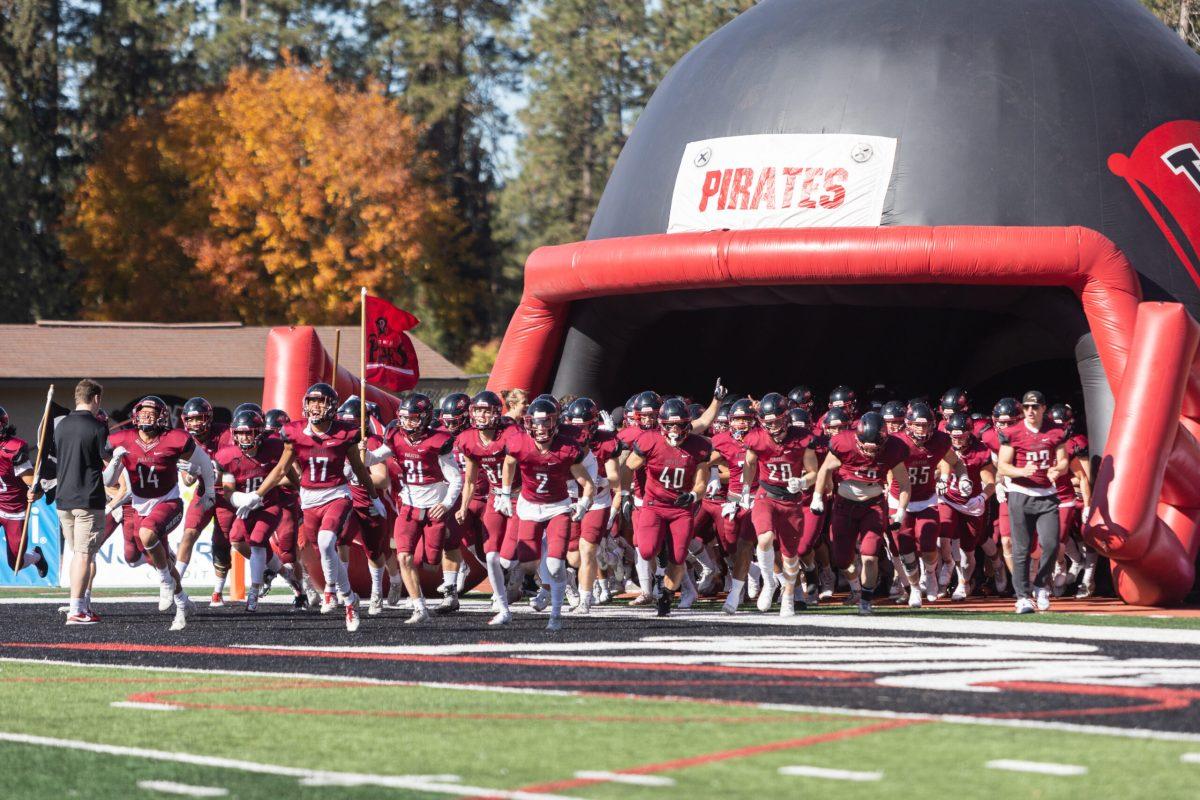

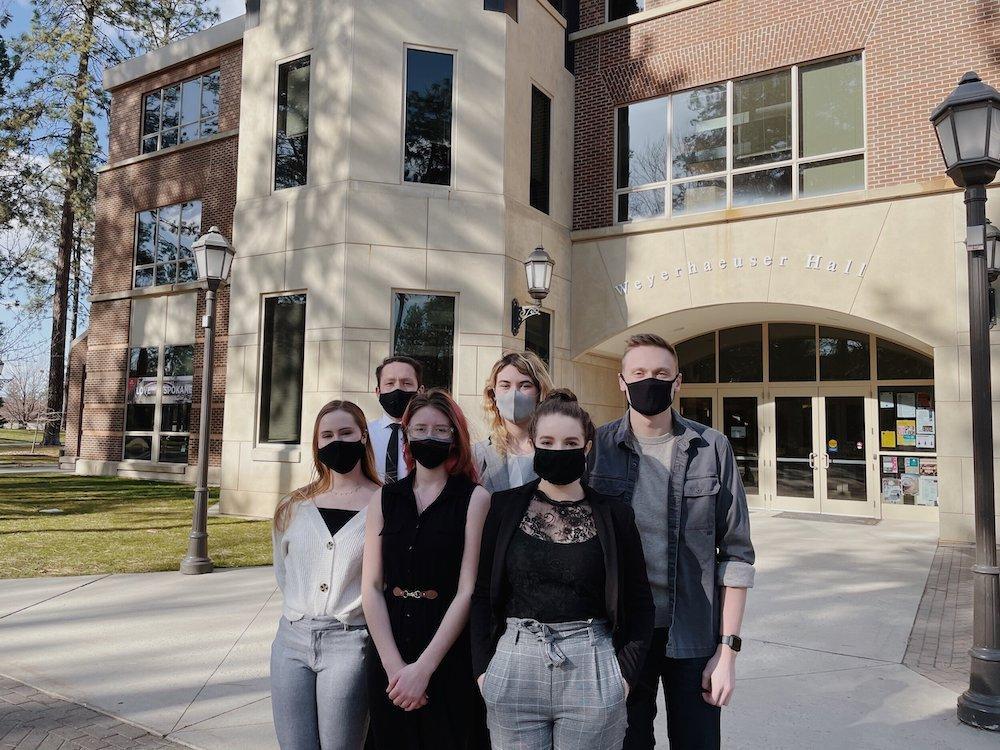

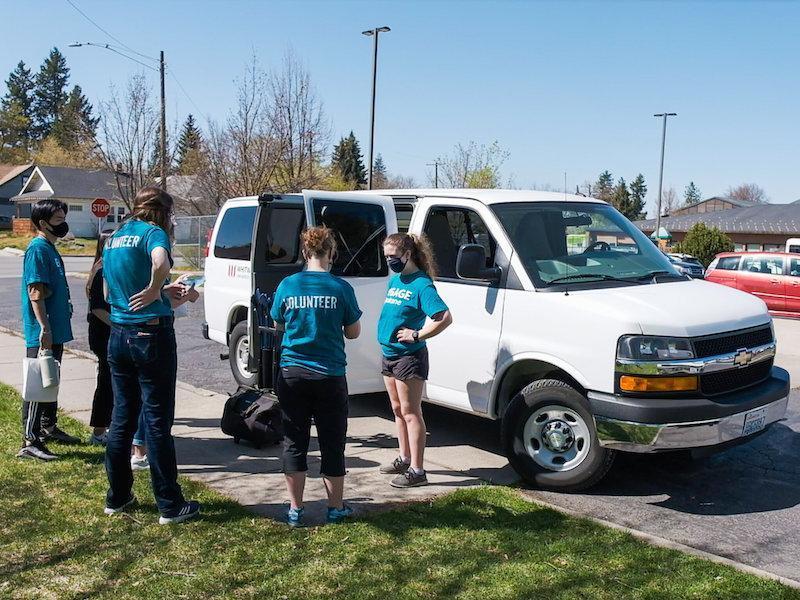

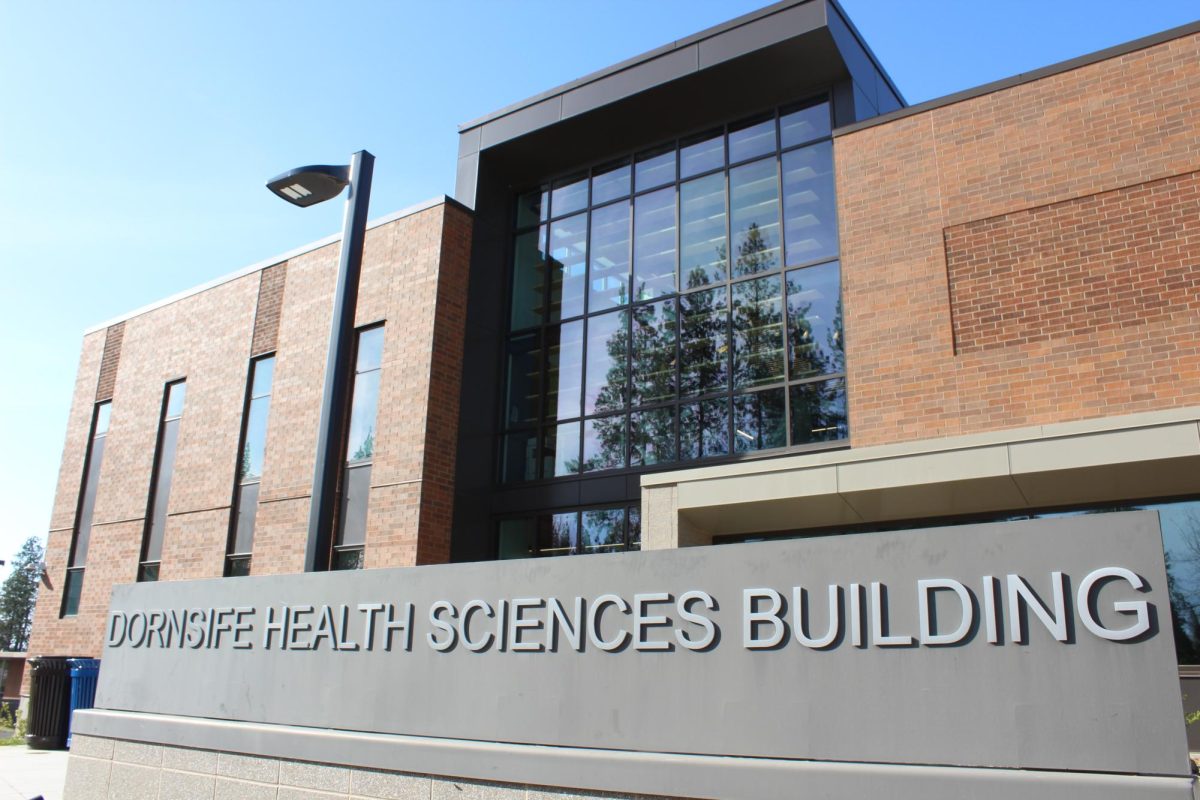
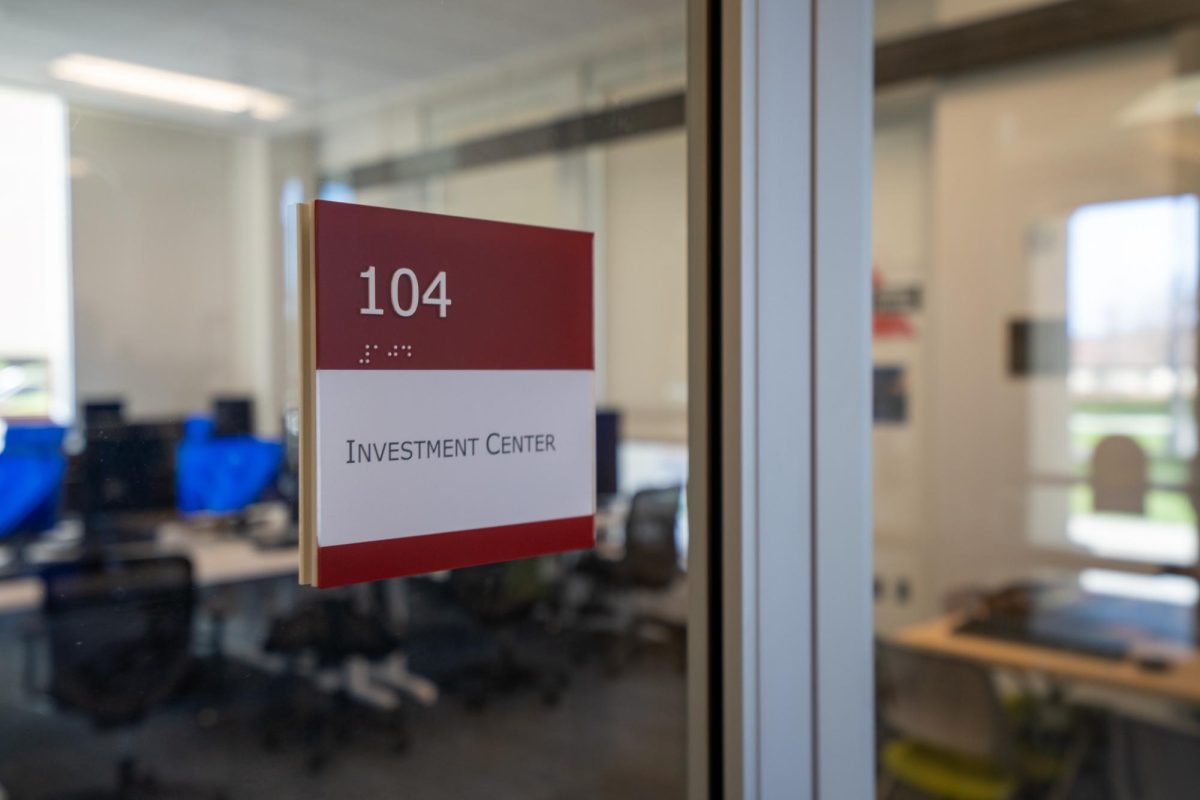
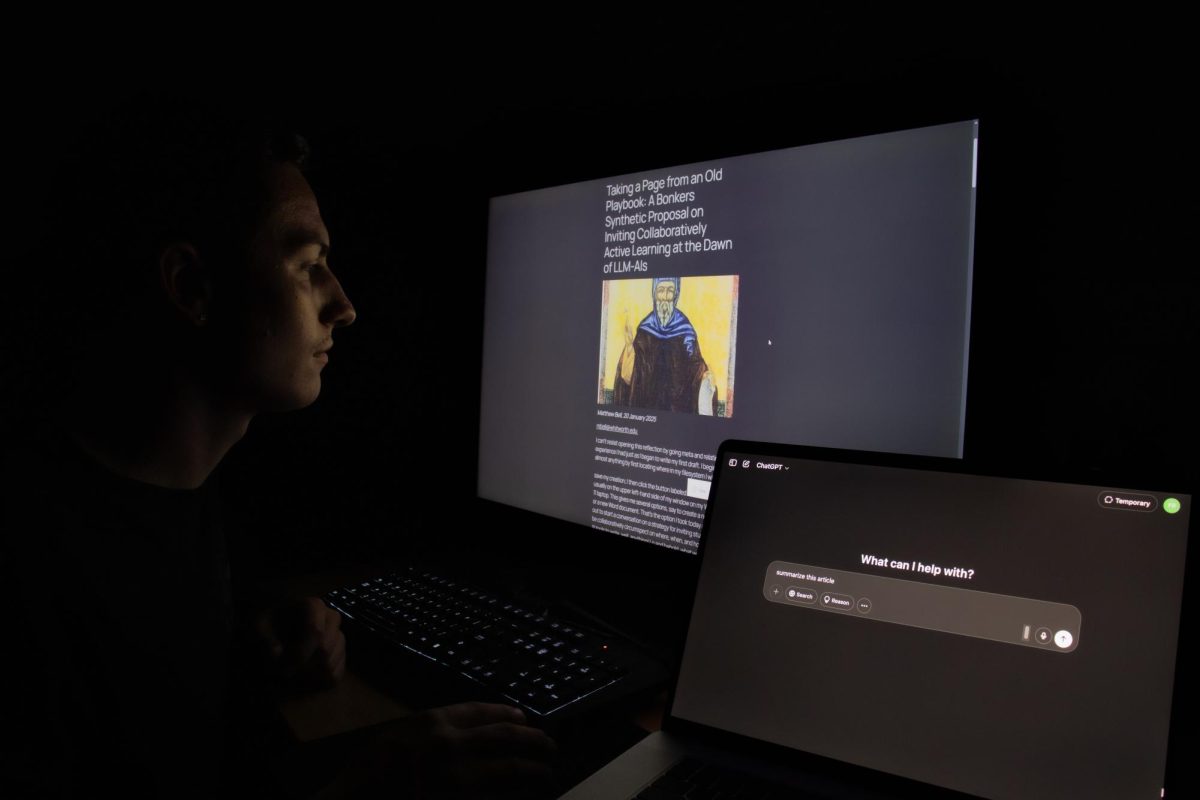
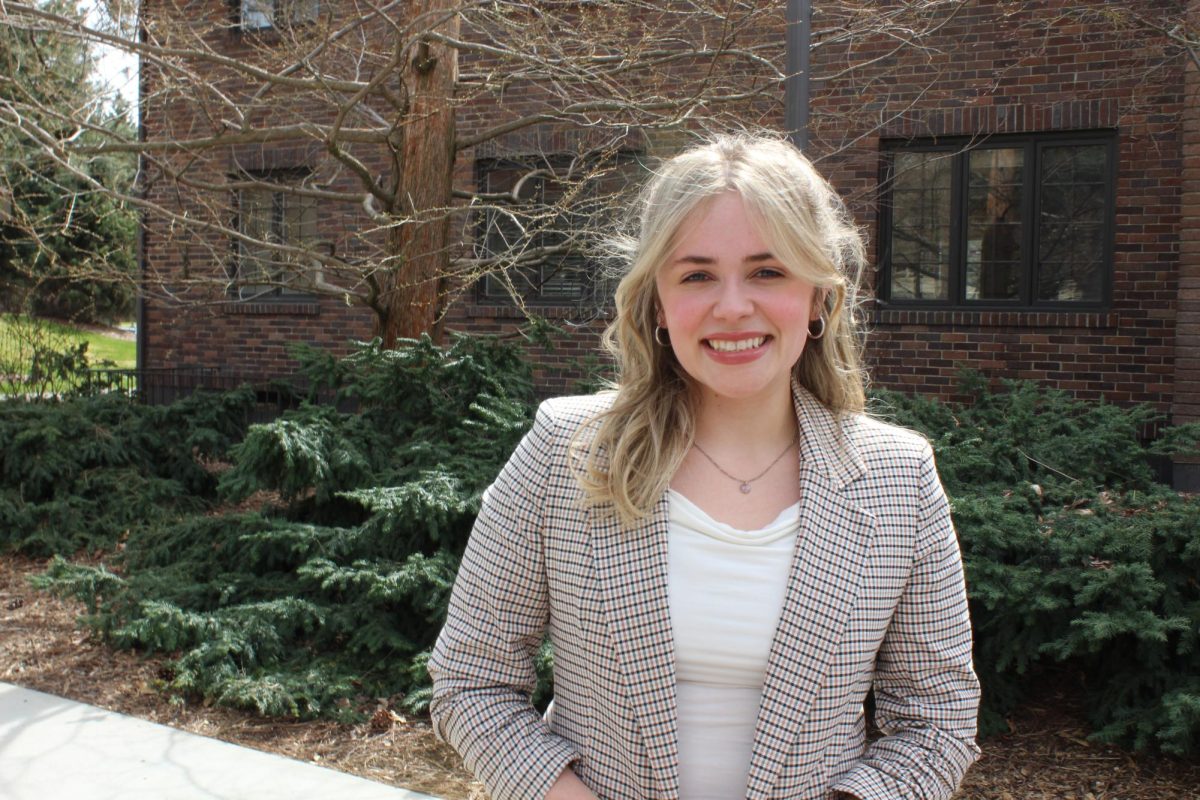


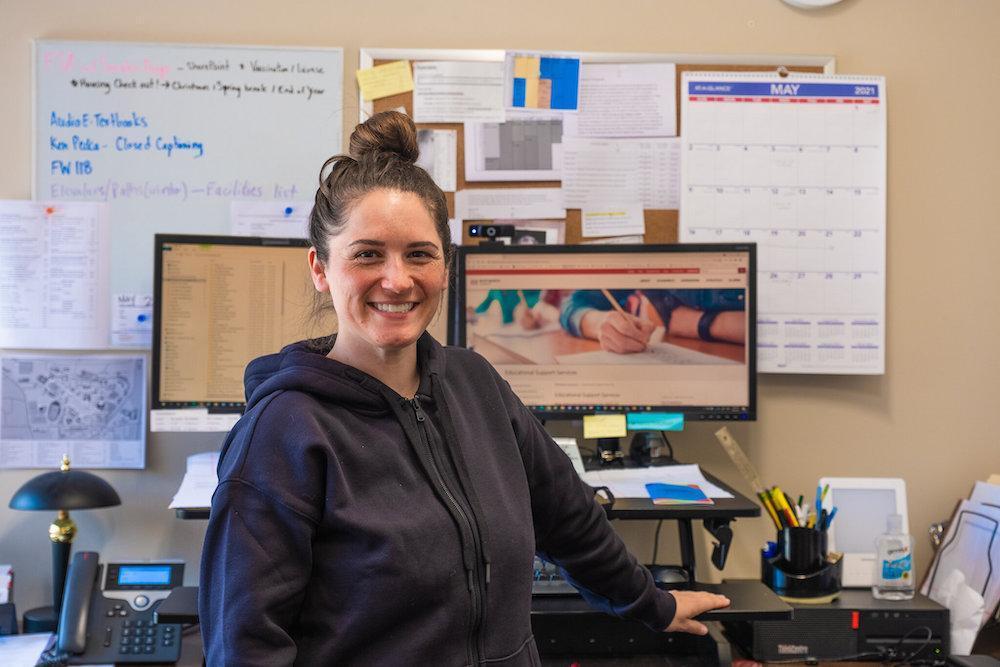
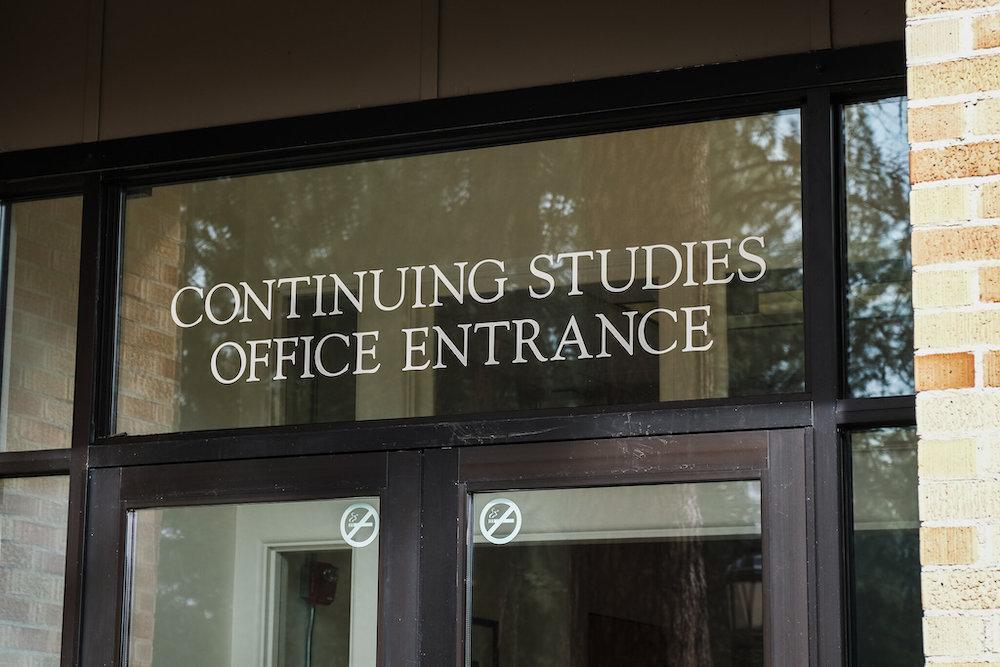

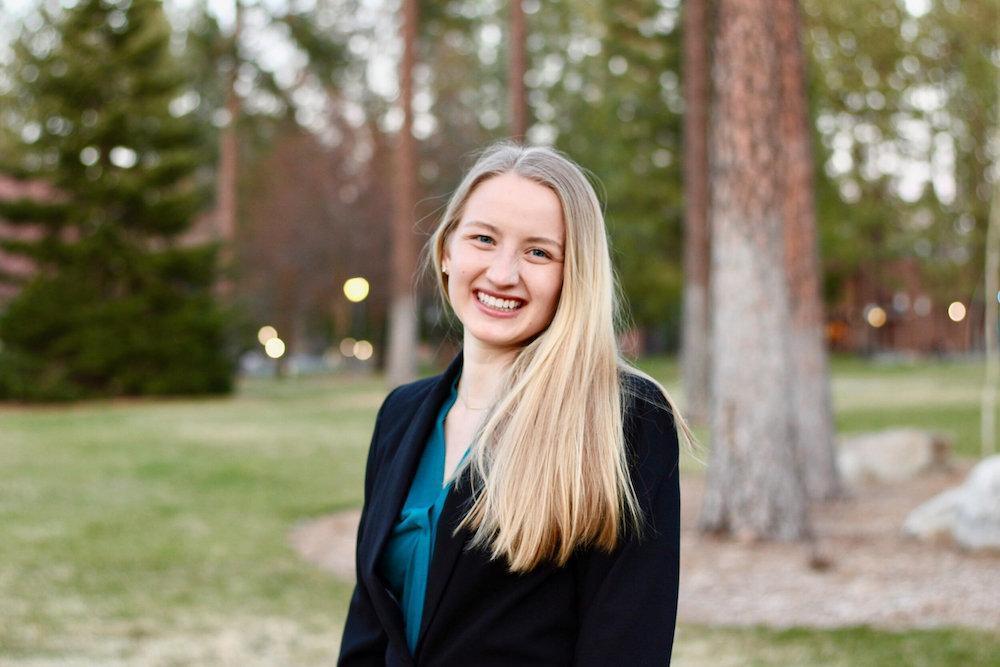
 Spokane?
Spokane?